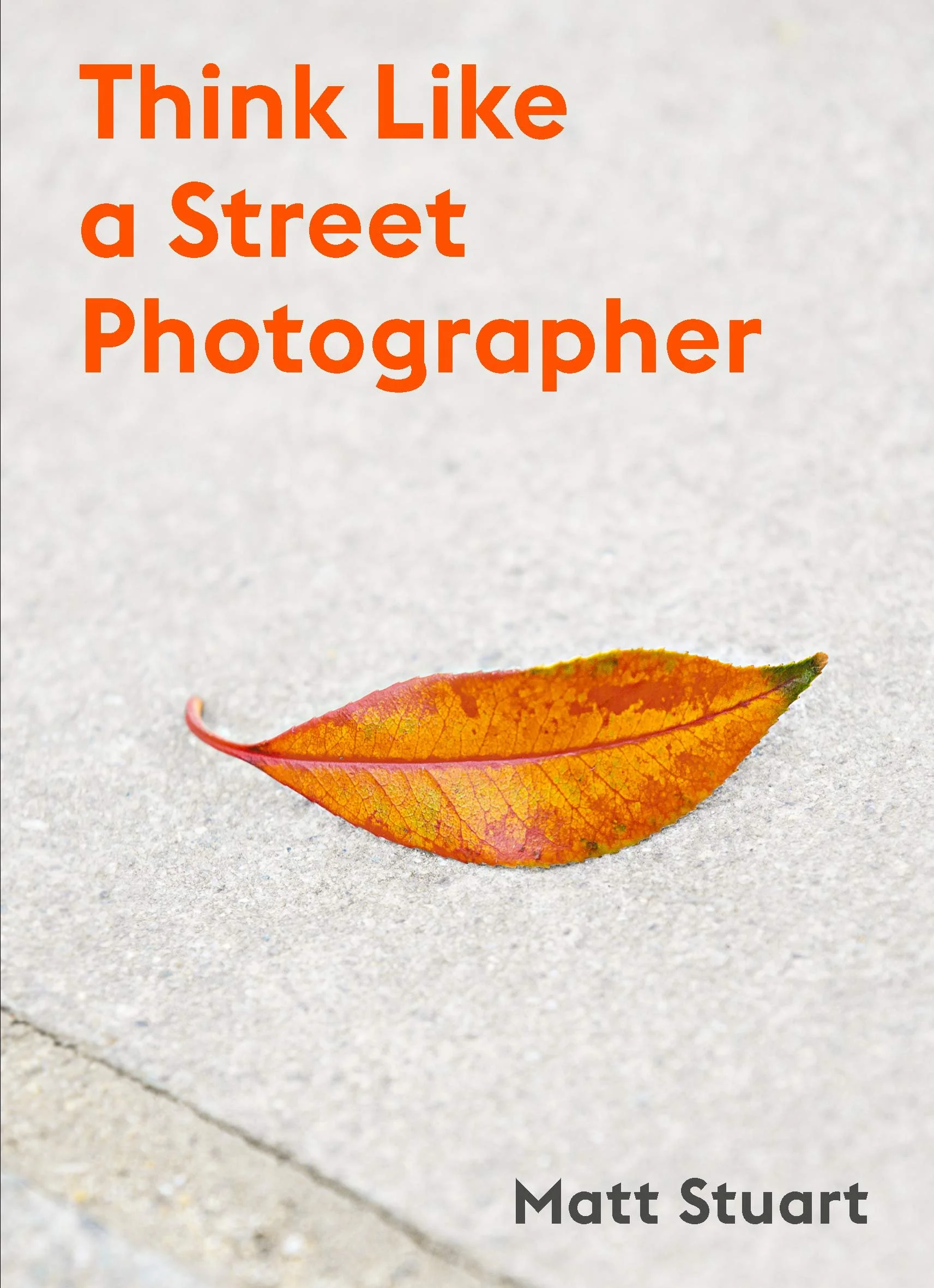So what about the cruise I hear you ask? Well from a photography point of view it was a non-starter. We sailed to the Norwegian fjords and all we saw each day was low cloud and fog. I took a handful of pictures when we disembarked at a few places but landscapes were out. The lighting was dark, grey and flat. On the upside we did have the deluxe drinks package on the ship so that helped to numb the disappointment somewhat.
I hope you have enjoyed this blog post and thank you for reading it. If you want to comment on this blog post please do so below or you can contact me by using the “Contact Me” facility in the website header.
